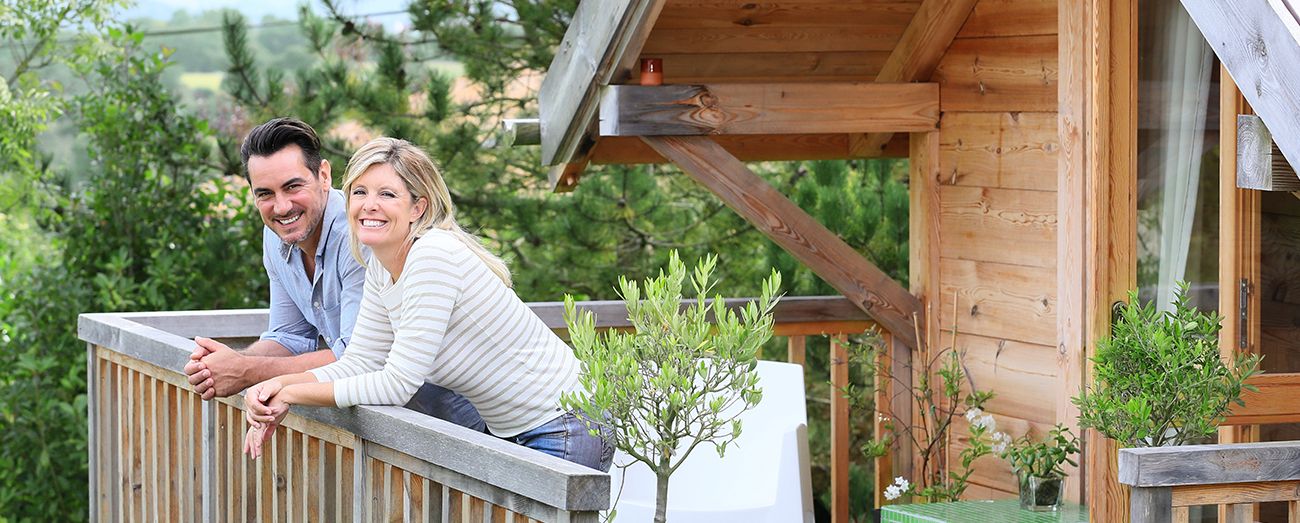
You live in city, but escape to the countryside every weekend in order to recharge? Good for you! Nothing beats a visit to the cottage to get a dose of fresh air and to rest your mind! Are you sure, however, that your secondary home is adequately insured? In this article, Assurances Multi-Risques would like to offer a few avenues of reflection as to how to adequately insure your secondary property.
What’s the difference between a secondary and a seasonal residence?
First, for insurance purposes, let’s begin by saying state that to qualify as a secondary home, a property must be left empty no more than 30 consecutive days a year. It must also be accessible through roads driveable 12 months a year. If not, insurers could refuse to insure the property.
Moreover, admissibility criteria for such residences may vary from one insurer to another. Insurers base their decision to insure you or not on a set of criteria. If one or several of these criteria are not met, the insurer is likely to offer to insure the house only as a seasonal property.
It’s important to know that coverage for secondary homes is superior to that of seasonal homes. Why? Simply because the occupation rate is higher which, for the insurer, decreases the risk. The insurer is therefore likely to offer you a more comprehensive insurance package than for a seasonal residence. Comprehensive insurance packages are commonly called “all-risk insurance” packages, and they include coverage for theft and burglary. In the case of seasonal homes, insurers can offer coverage for theft and burglary, but only through a special rider that comes at a price, often quite steep because of the risk involved.
What does a secondary home insurance contract include?
Secondary home insurance contracts offer extensive coverage that includes the home’s furnishings and ancillary buildings (garden shed, shed or separate garage). Such contracts also include living expenses in case of a claim. You may also, at a charge, include protection against water damage, whether under or above ground, including sewer backups.
Insuring secondary and seasonal homes can be difficult since not all insurers want to cover such buildings. Furthermore, most insurers will accept to cover this type of residence only if you already hold an insurance contract for your main residence with them. In order to avoid spending an inordinate amount of time looking for an insurer willing to insure your secondary home, contact one of our independent insurance brokers specializing in this field. The broker will shop around in order to find the insurance coverage that best suits your needs and your budget. The broker will also be able to offer several insurance tips for your secondary home. Relaxing cottage stays and time in the great outdoors start with Assurances Multi-Risques!